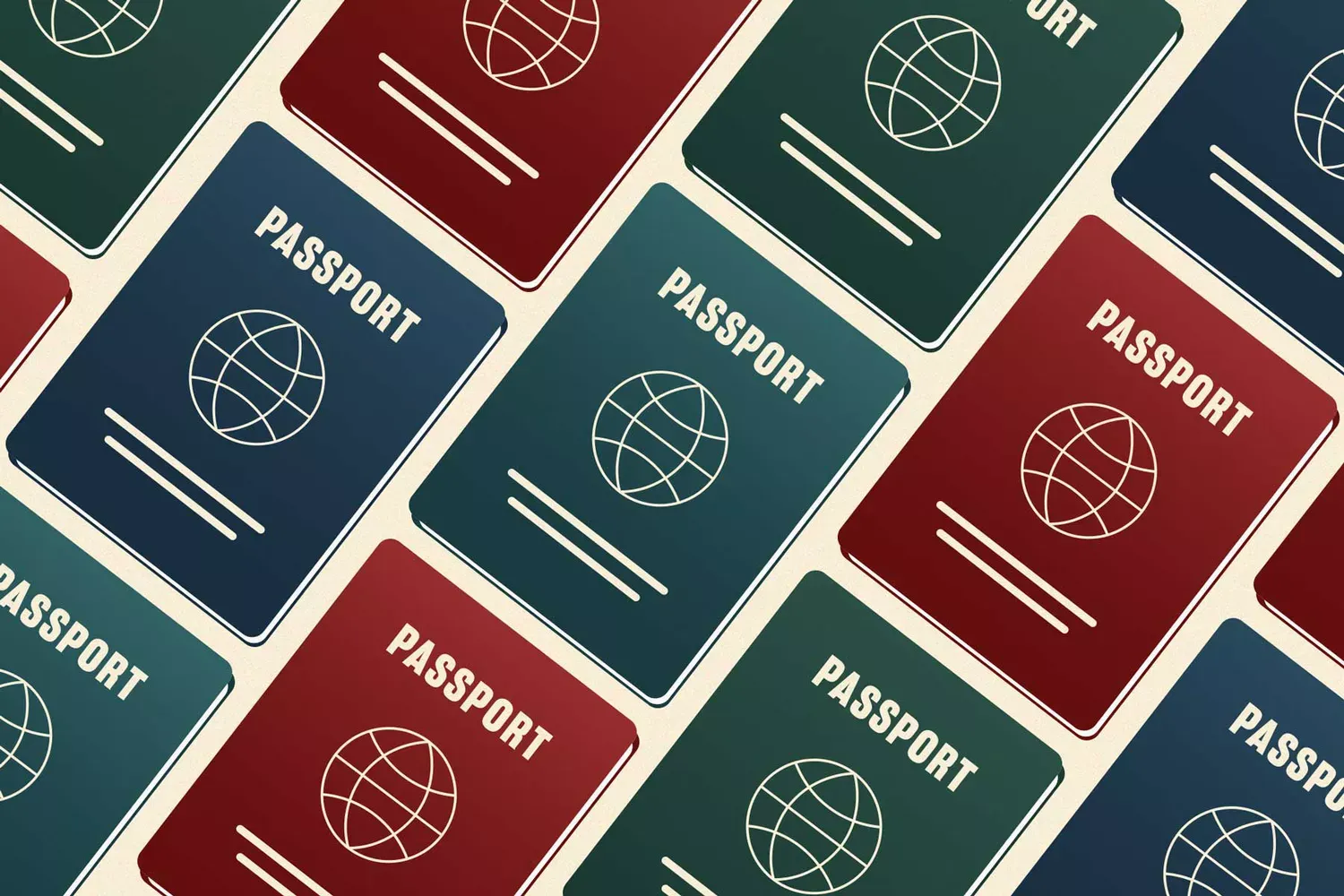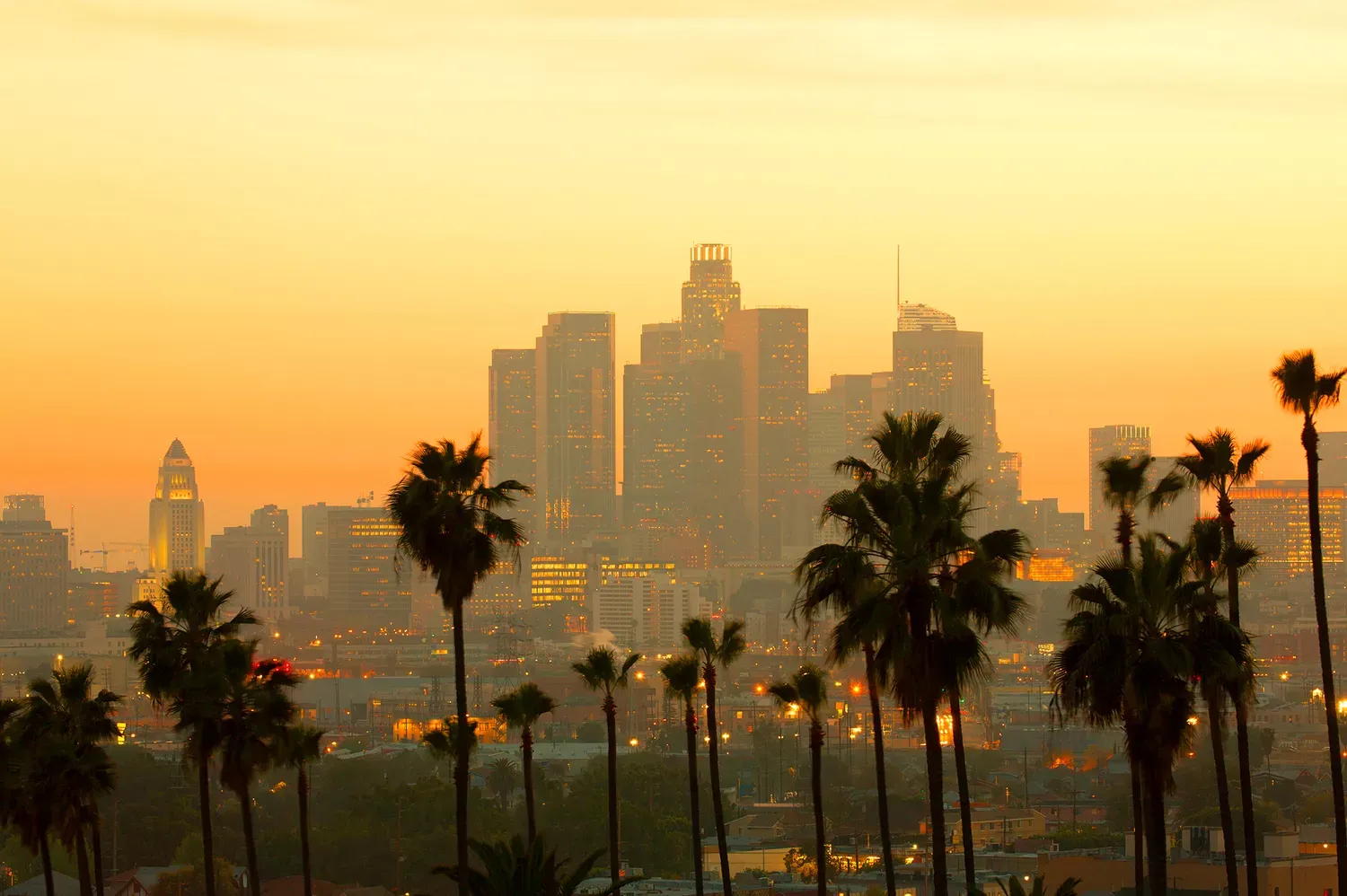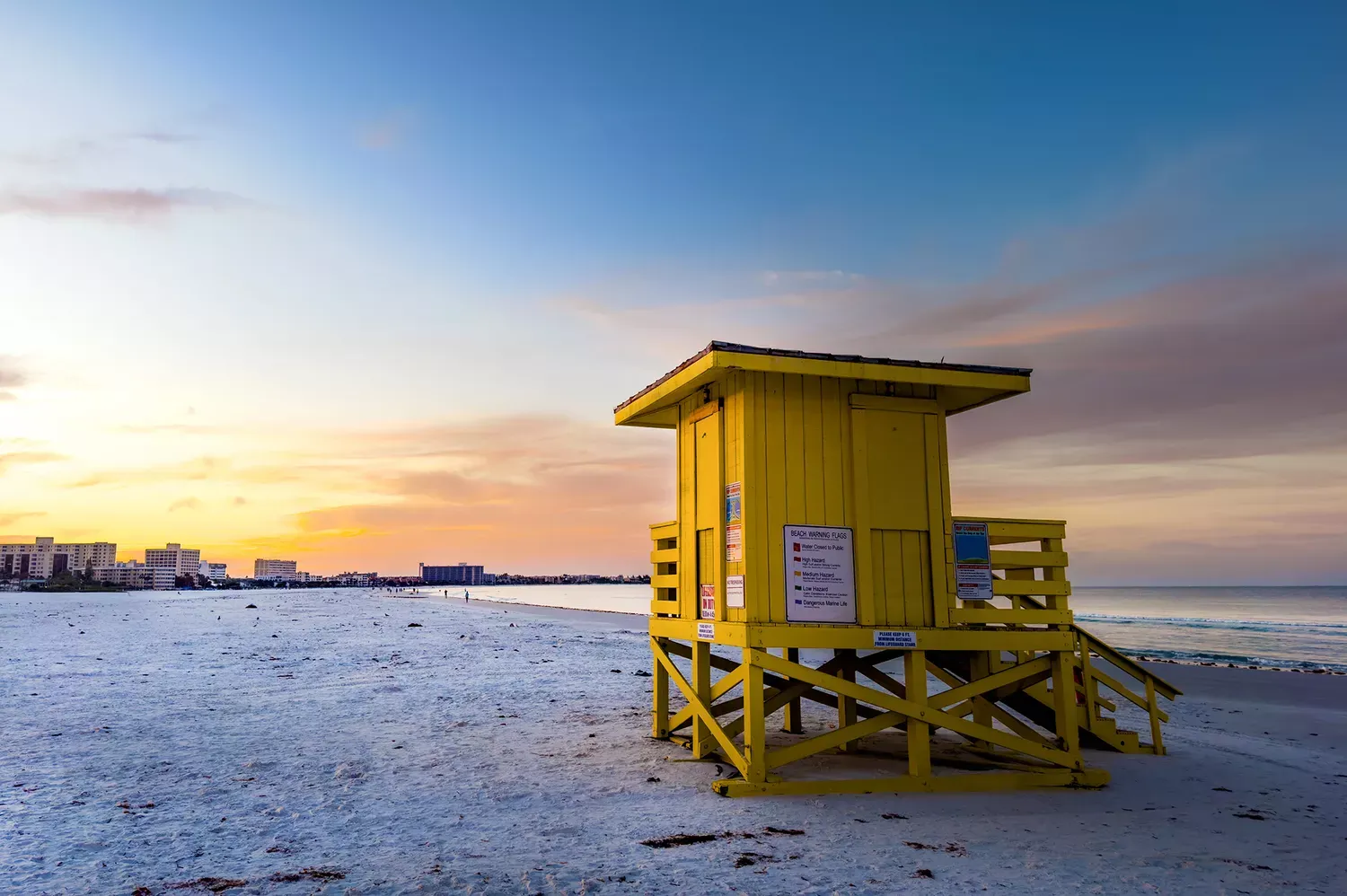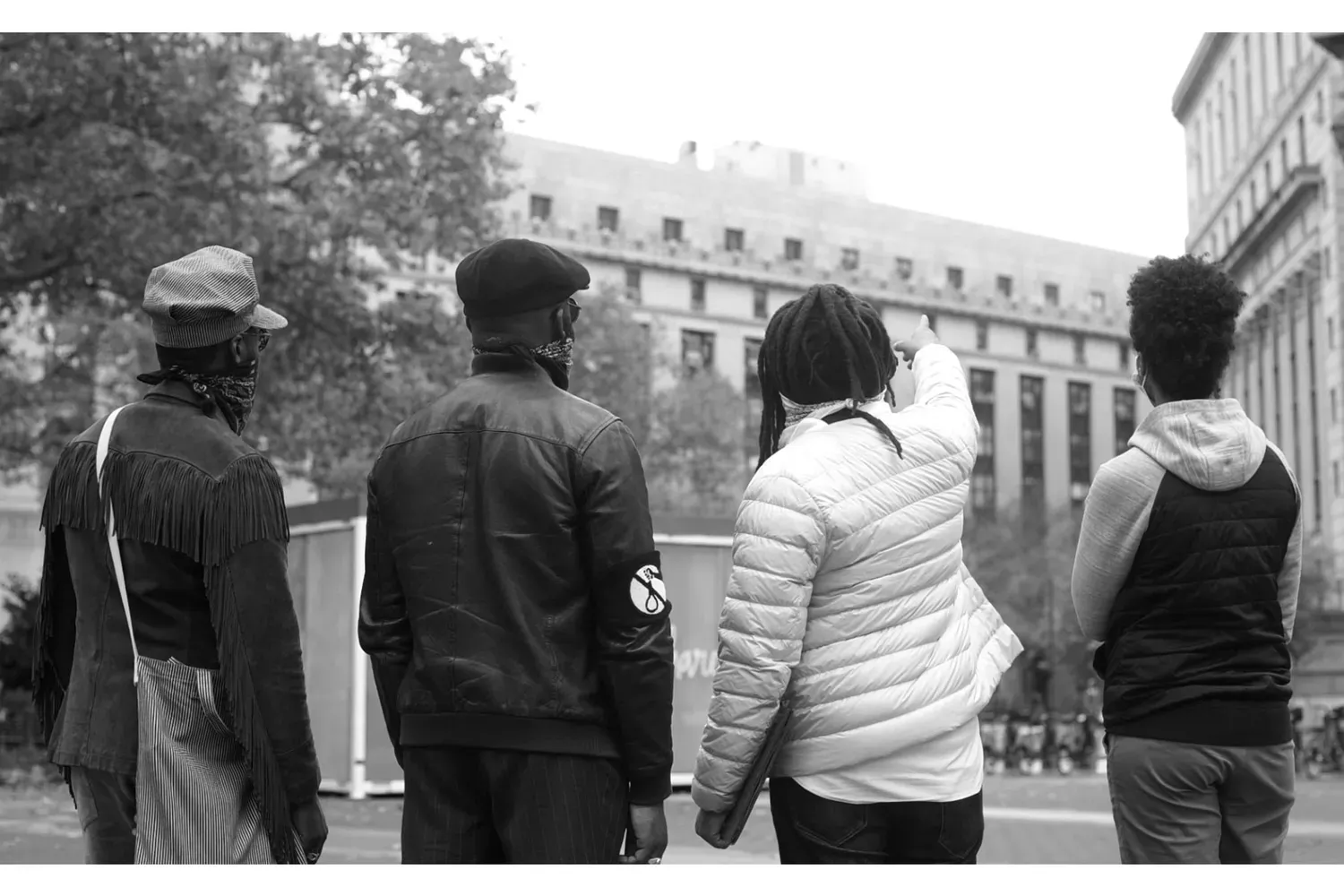
A country's passport color reflects its national identity and cultural symbolism. Factors considered include historical influences, political allegiances, and geographic considerations. Common choices like blue, red, green, and black often align with regional blocs or religious significance. The decision is a blend of practicality (visibility, printing costs) and projecting a desired national image to the world, influencing passport aesthetics.
The Curious Case of Passport Colors: More Than Just Aesthetics
Have you ever stopped to consider why your passport is the color it is? Is it simply a random choice, or is there a deeper meaning behind the hue? The truth is, the selection of a passport's color is a fascinating blend of historical precedent, geographical considerations, political symbolism, and even security concerns. It’s a surprisingly complex decision that impacts national identity and international relations.
While there's no international governing body dictating passport colors, a relatively small palette dominates the world's travel documents. These are typically variations of red, blue, green, and black. These colors are chosen for their durability, professional appearance, and visibility, minimizing the risk of fading or damage. However, the specific shades within these primary colors often carry significant weight.
Geopolitical Influences and Regional Preferences
The most common explanation for passport color choices often revolves around geopolitics and regional alliances. For instance, countries within the European Union (EU) frequently opt for burgundy or shades of red. This is seen as a symbol of unity and shared identity. It subtly reinforces the concept of a collective European entity. Other countries aspiring to join the EU sometimes adopt similar colors as a symbolic gesture.
Similarly, member states of the Caribbean Community (CARICOM) are mostly blue. This reflects their connection to the region and shared history. This color acts as a visual representation of solidarity and cooperation amongst these island nations.
Historical and Cultural Significance
Beyond regional alliances, some countries choose their passport color based on historical or cultural significance. Certain shades might be associated with national flags, historical periods, or revered symbols. Consider countries that have chosen green passports; this color often holds religious significance, particularly in Muslim-majority nations, as green is traditionally associated with Islam.
The color black, while less common, is often chosen for its sleek, professional look and is often adopted by countries with significant economic power or diplomatic influence. New Zealand, for example, utilizes a black passport, aligning it with its national color and a sense of sophistication.
Security Considerations and Practicality
While symbolic and political factors play a crucial role, security and practicality also influence the decision-making process. Darker colors, for example, are generally more durable and resistant to wear and tear. They also provide a better contrast for printed information and security features, making it easier to detect counterfeiting.
The choice of color can also affect the readability of biometric data embedded in the passport. Darker colors, like black or dark blue, can potentially interfere with the scanning of RFID chips or other advanced security technologies, which is an important consideration in the modern age of travel documents. Therefore, it is important for a country to consider both aesthetic and practical attributes of their passport color choice.
A Global Snapshot: Passport Colors and Their Meanings
To better illustrate the diverse reasons behind passport color choices, let's examine a table showcasing some examples:
Color |
Region/Countries (Examples) |
Possible Reasons |
|---|
Red/Burgundy |
European Union, Turkey, Switzerland |
EU: Symbol of unity; Turkey: Historical and cultural significance; Switzerland: National identity |
Blue |
United States, Canada, CARICOM countries |
United States: Historical tradition; Canada: National identity and flag; CARICOM: Regional solidarity |
Green |
Many Muslim-majority countries (e.g., Morocco, Saudi Arabia, Pakistan) |
Religious significance (associated with Islam) |
Black |
New Zealand, Zambia, Botswana |
New Zealand: National color and modern aesthetic; Zambia and Botswana: Practicality and durability |
It’s important to remember that these are just general tendencies, and each country's specific decision-making process is unique and influenced by a complex interplay of factors. National identity, political aspirations, and practical concerns all contribute to the final choice of a passport's color.
Looking Ahead: Future Trends in Passport Design
As technology continues to evolve, we can expect to see even more innovative security features and design elements incorporated into passports. While the fundamental color palette may remain relatively consistent, advancements in materials, printing techniques, and biometric technology could lead to more sophisticated and secure travel documents in the future. The blend of aesthetics, security, and symbolism will undoubtedly continue to shape the design and color of passports for years to come.


















